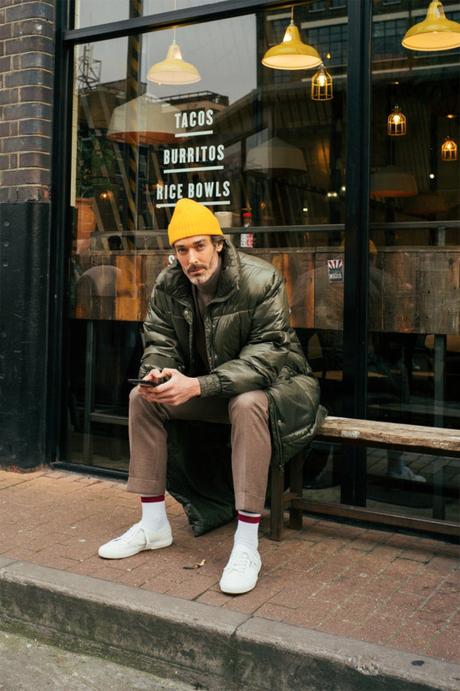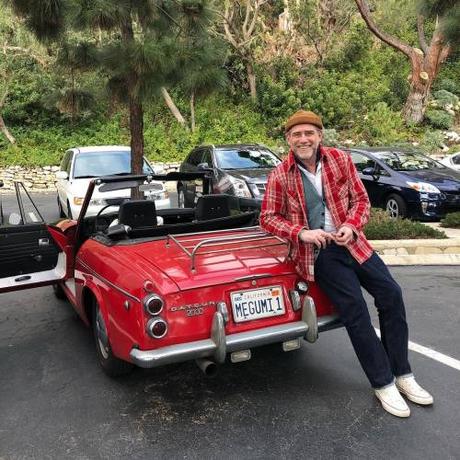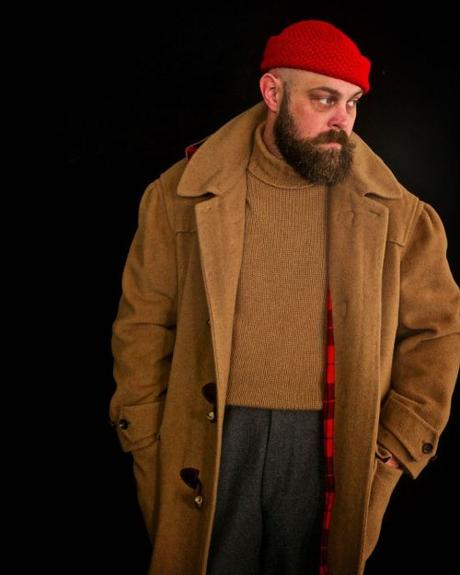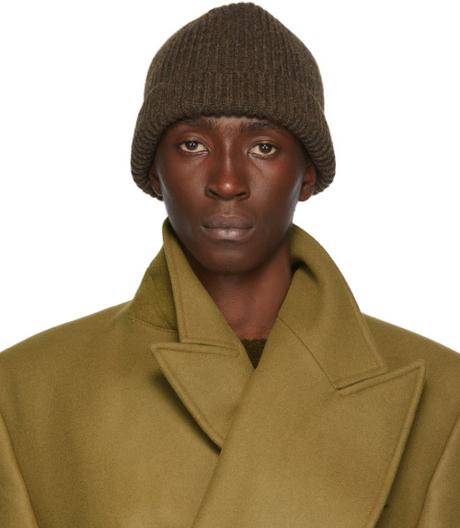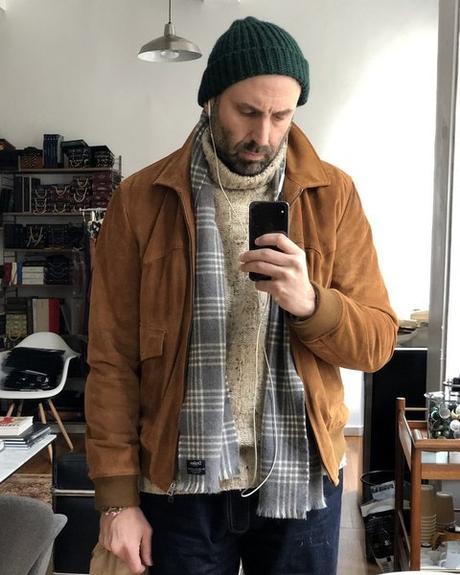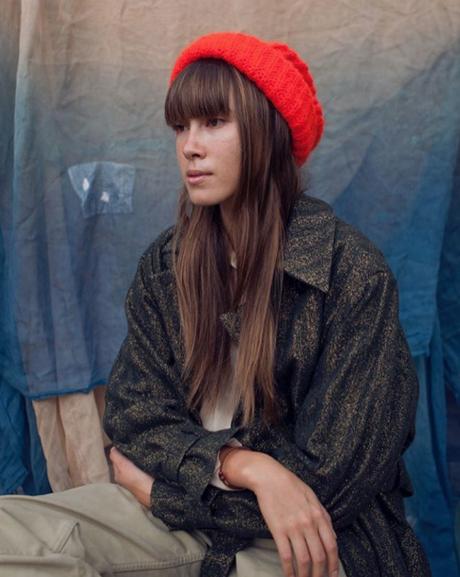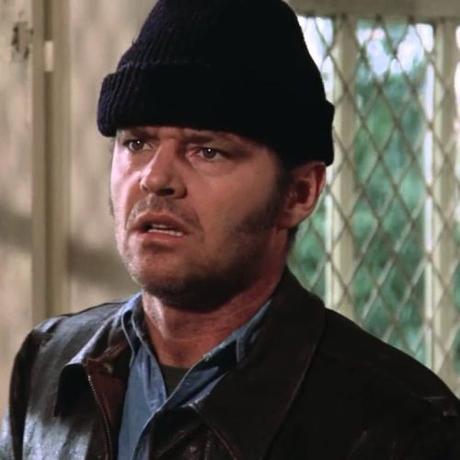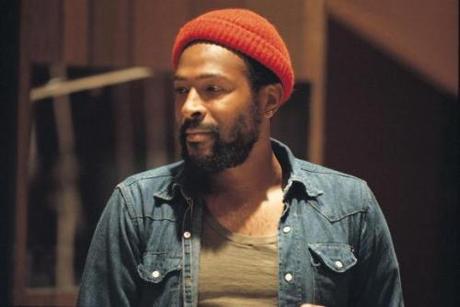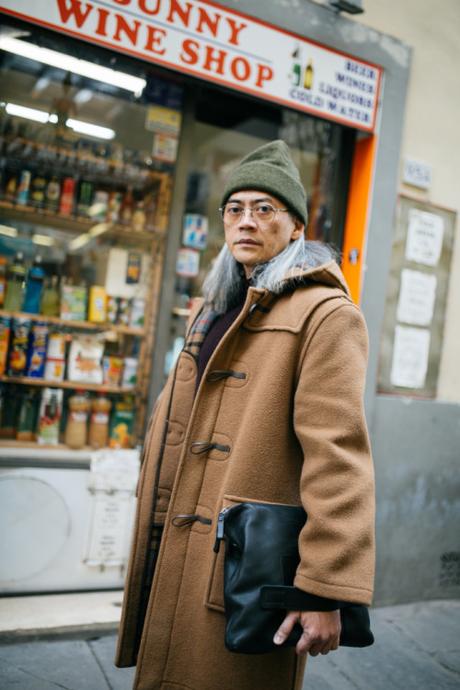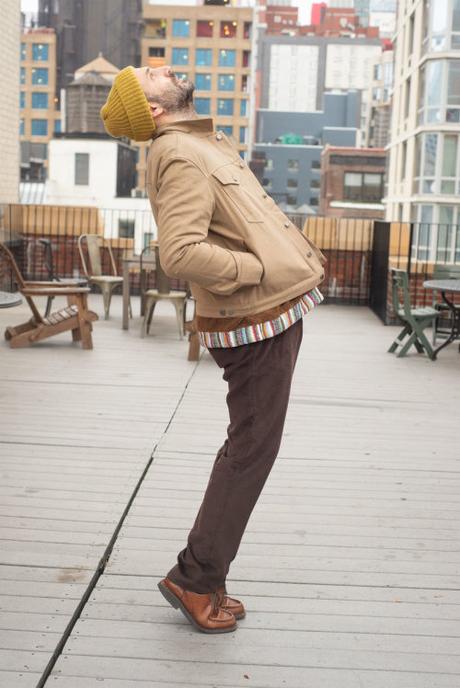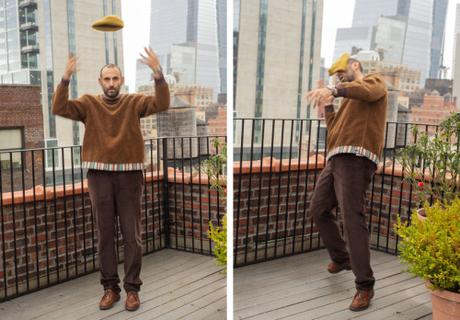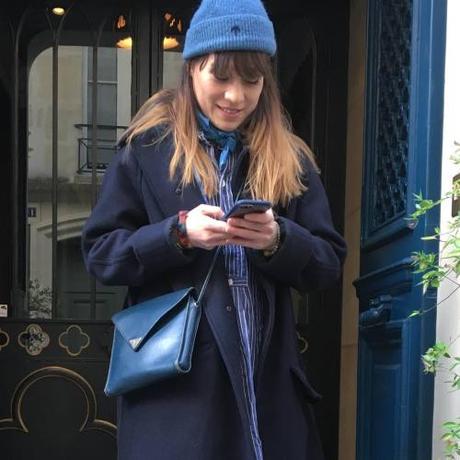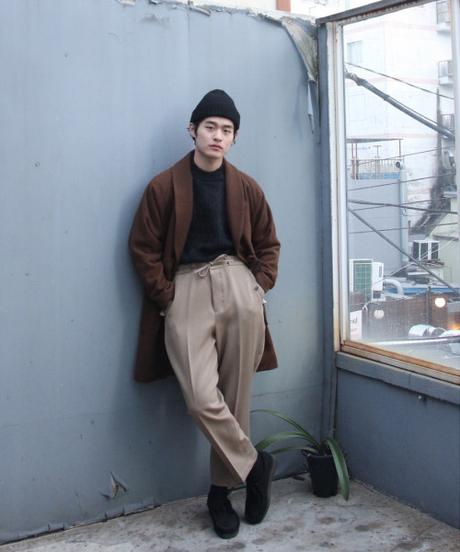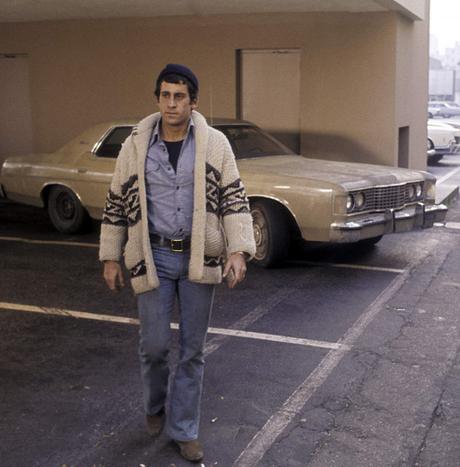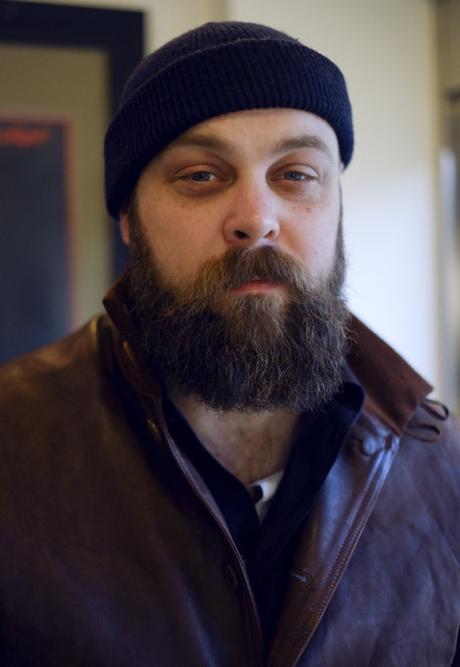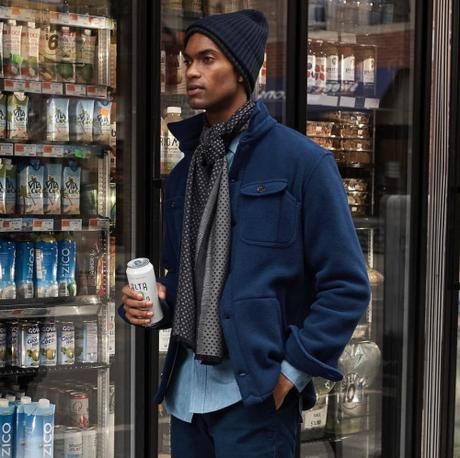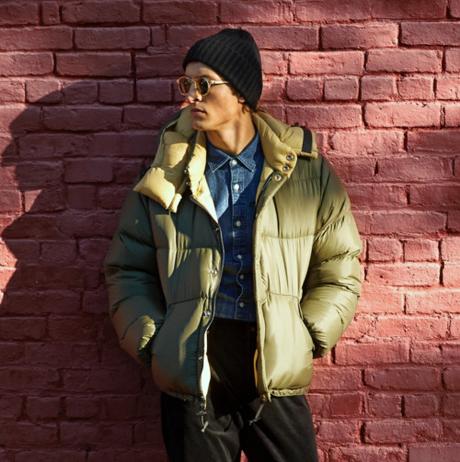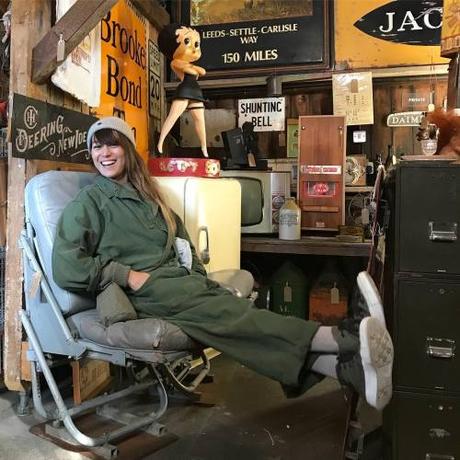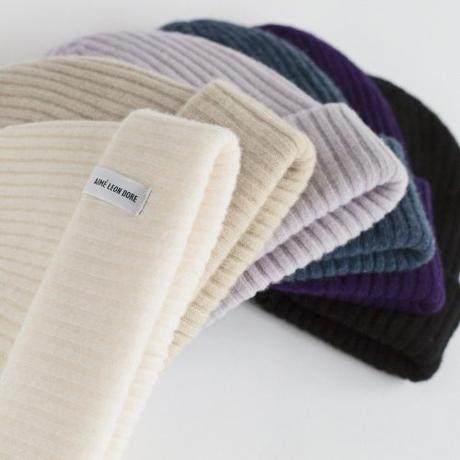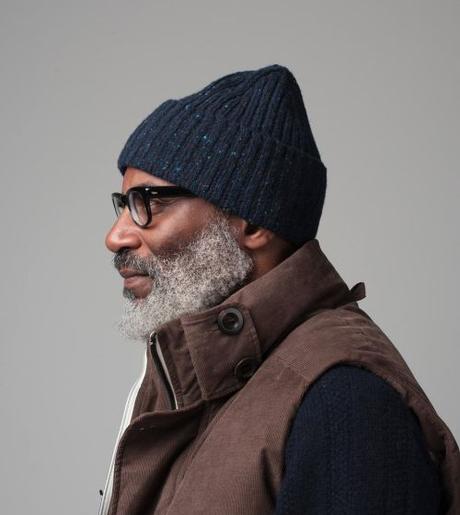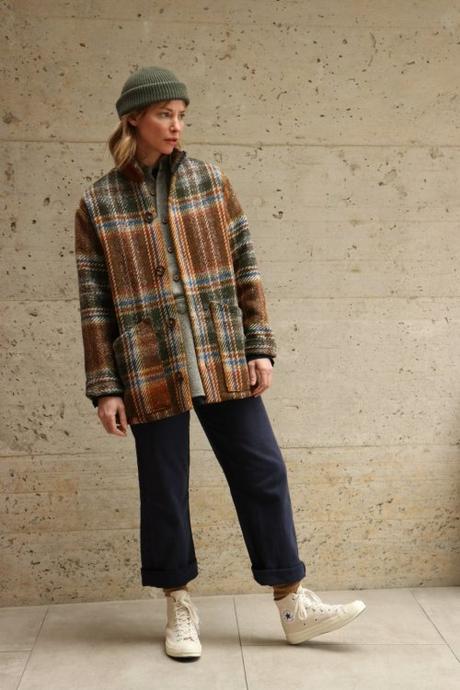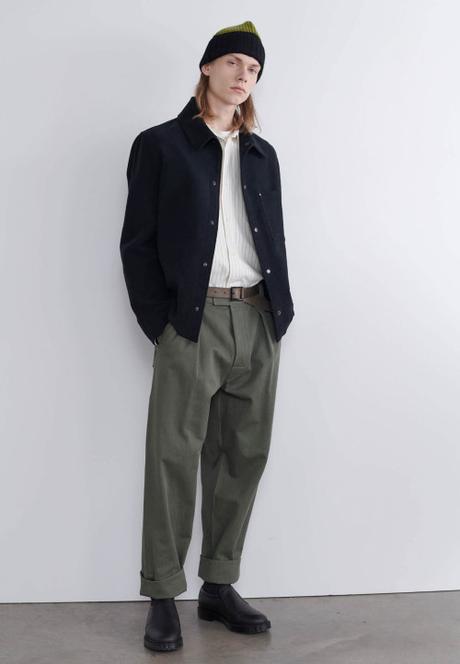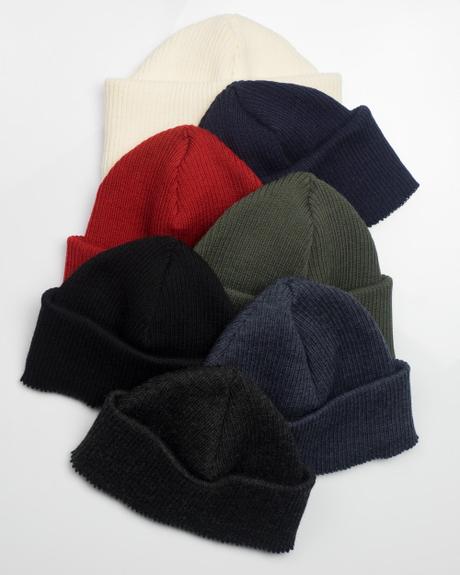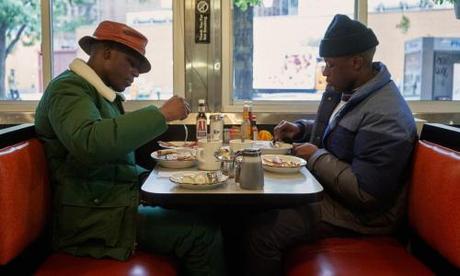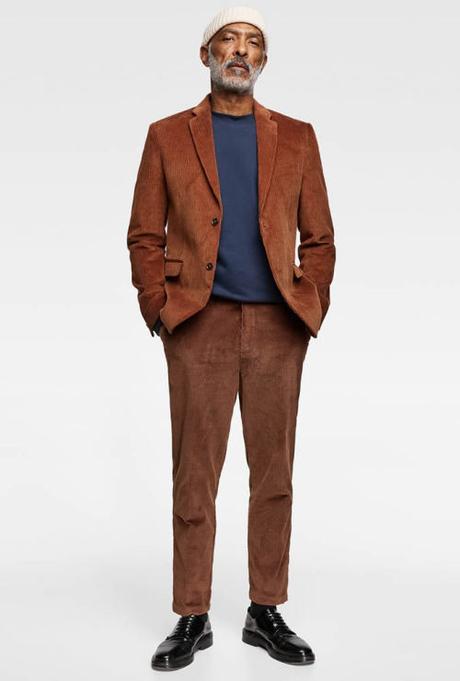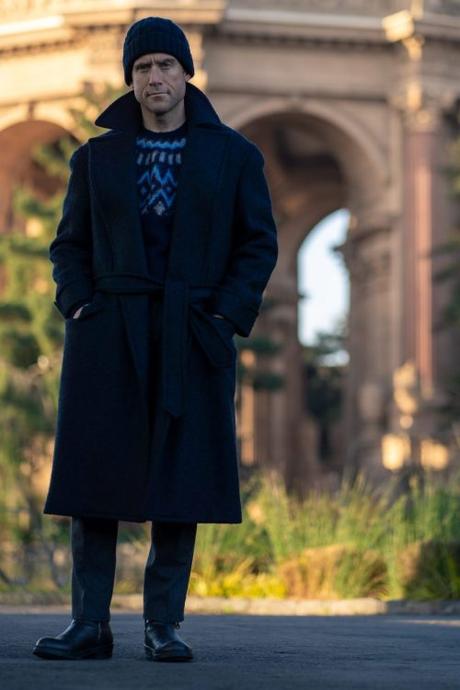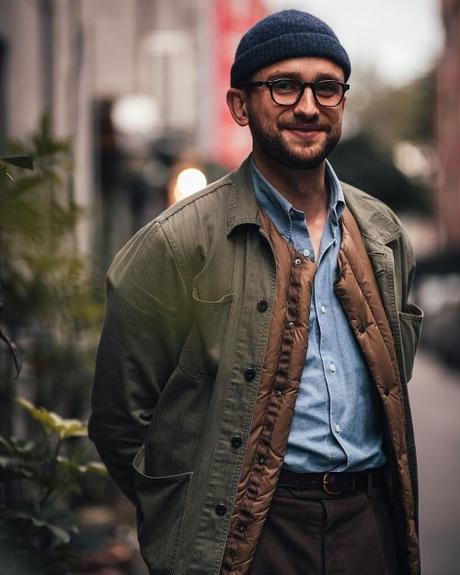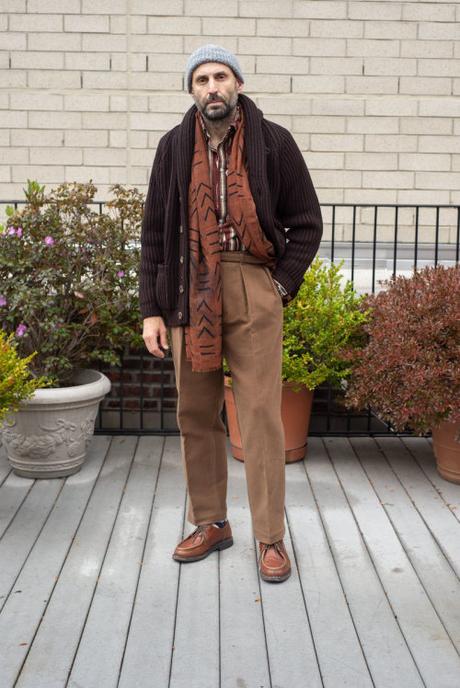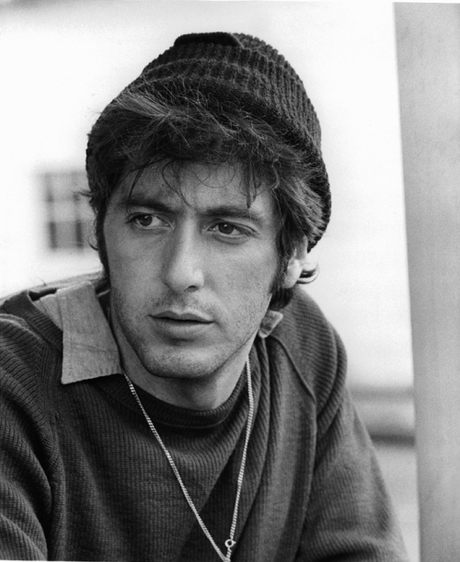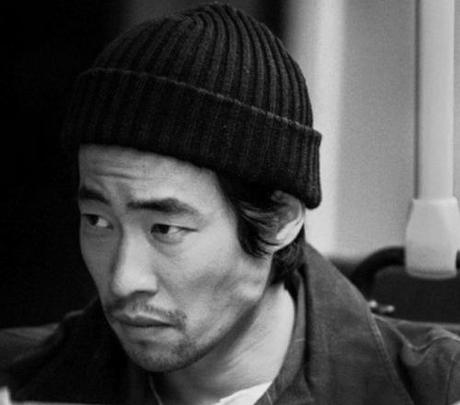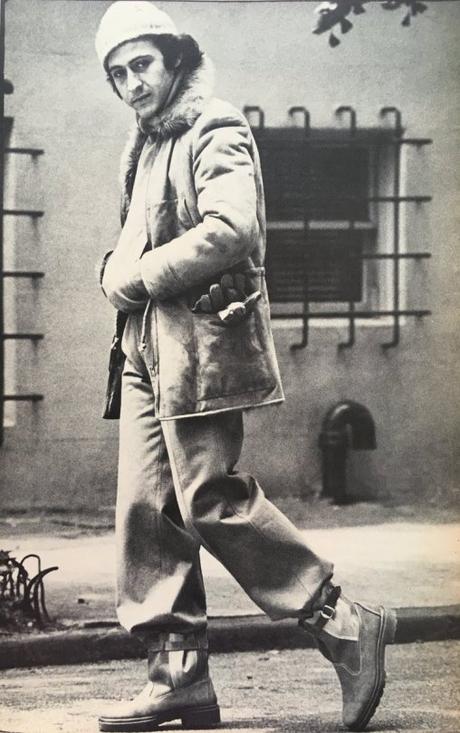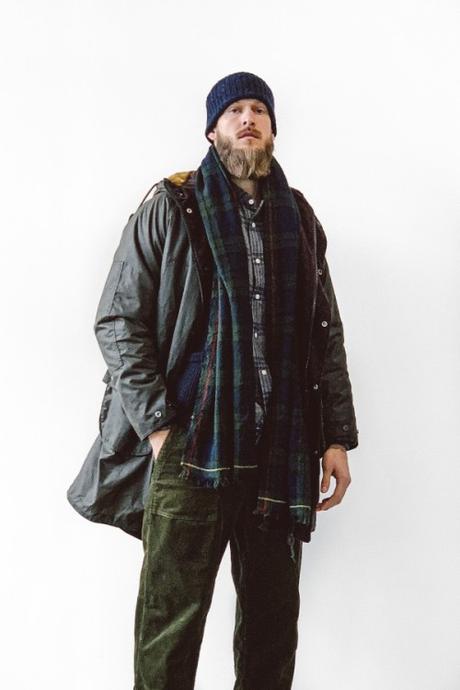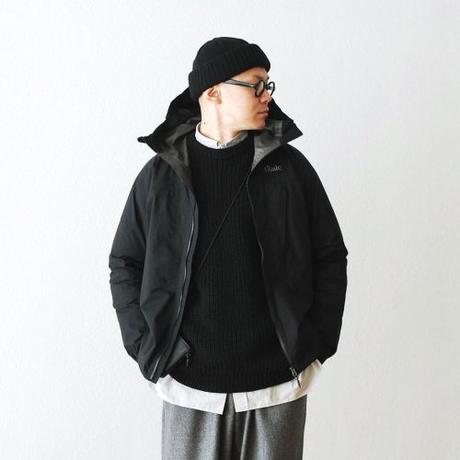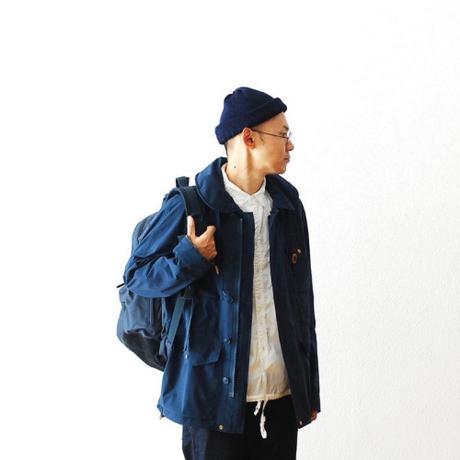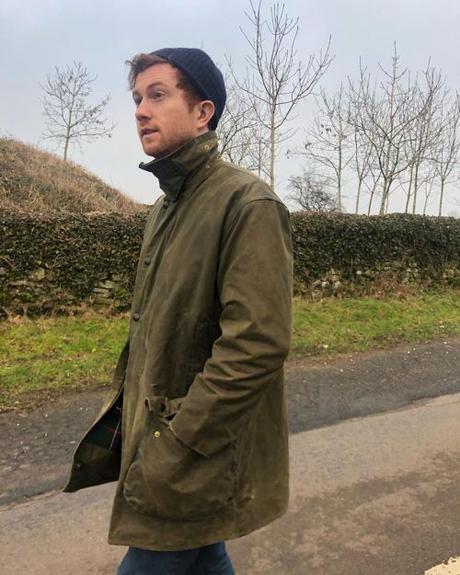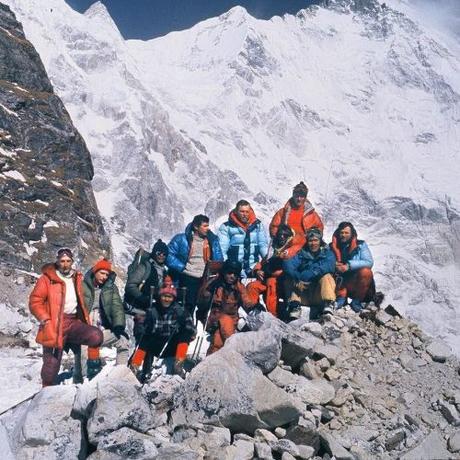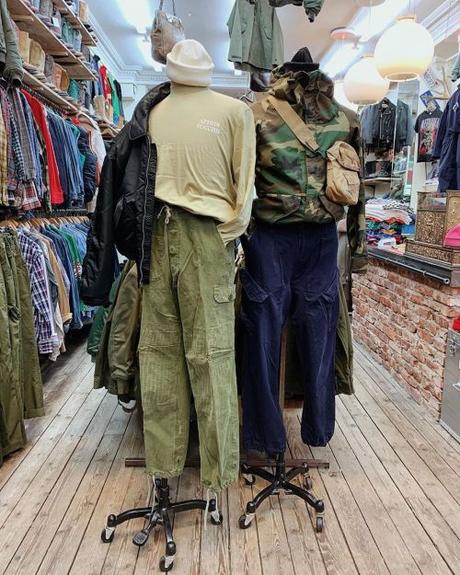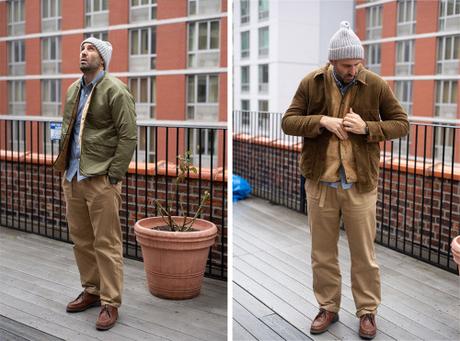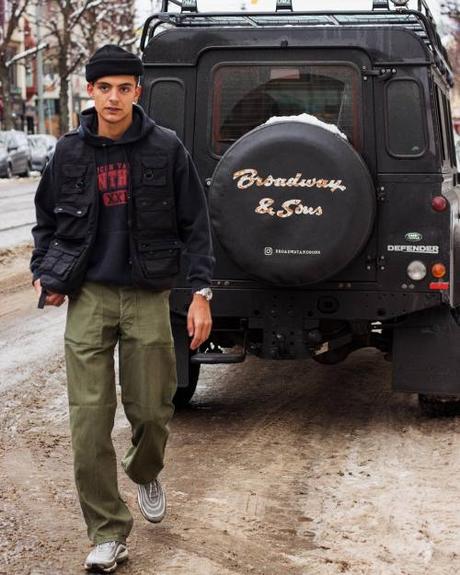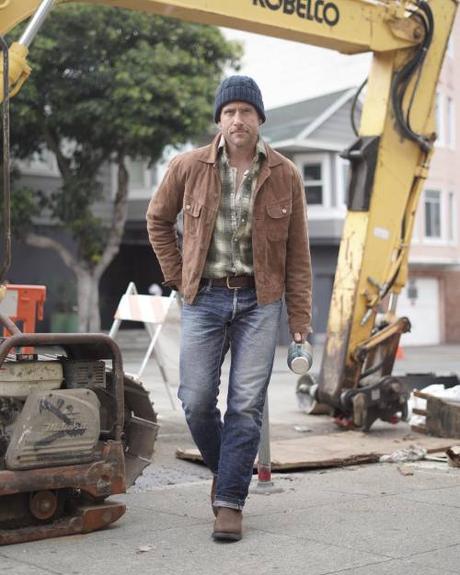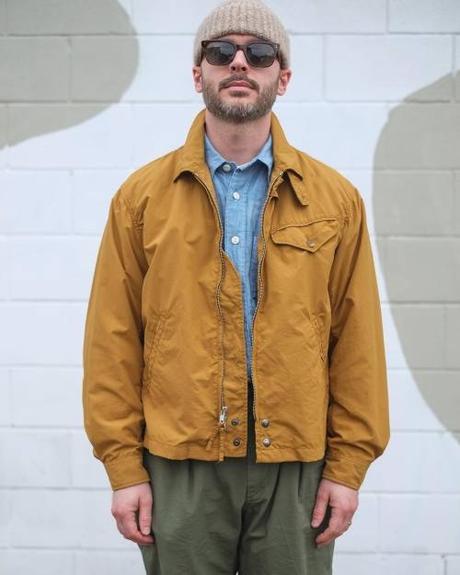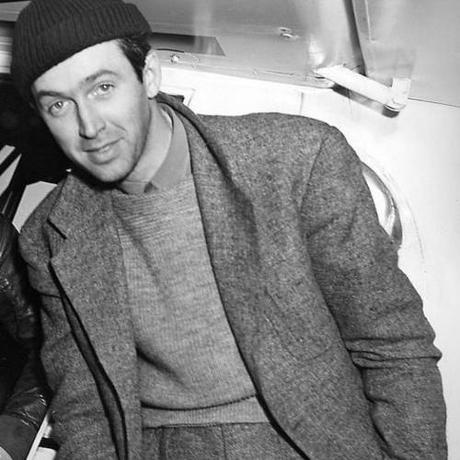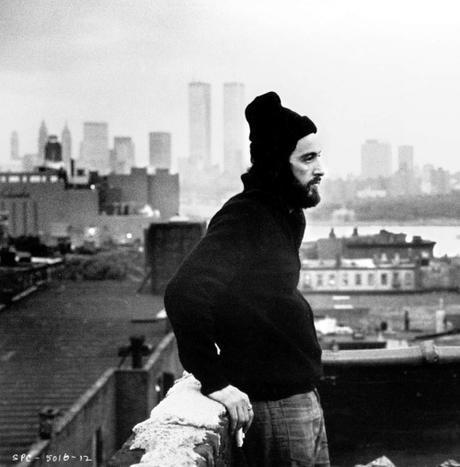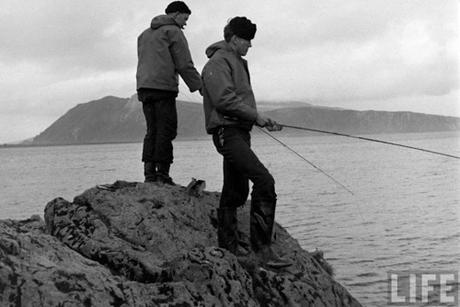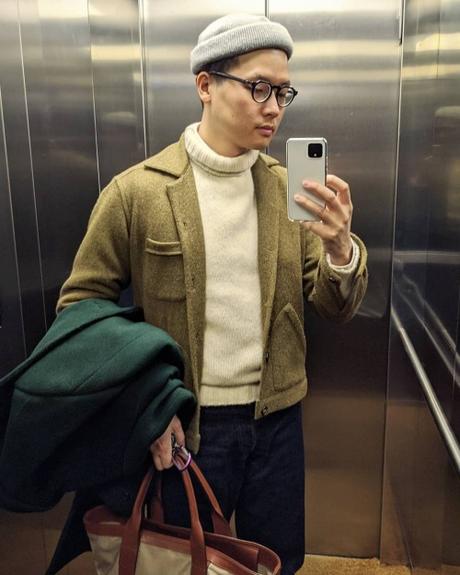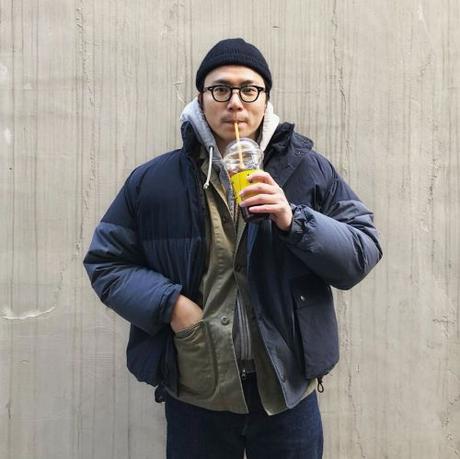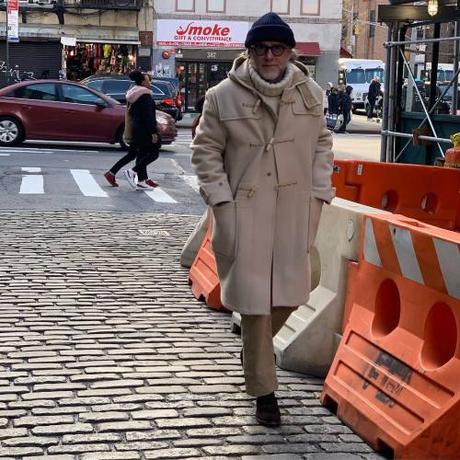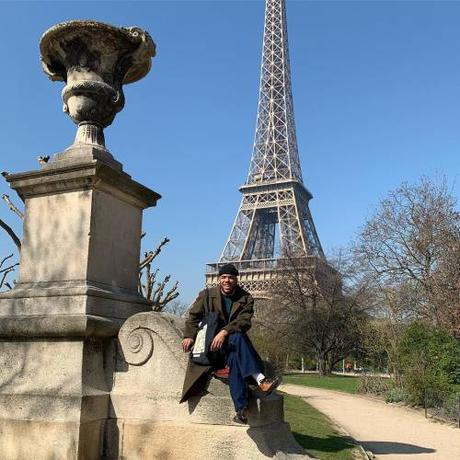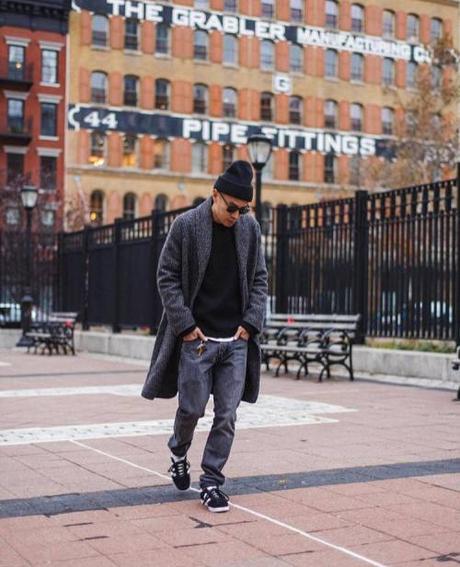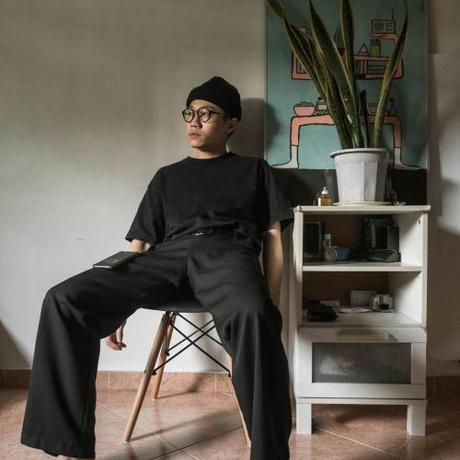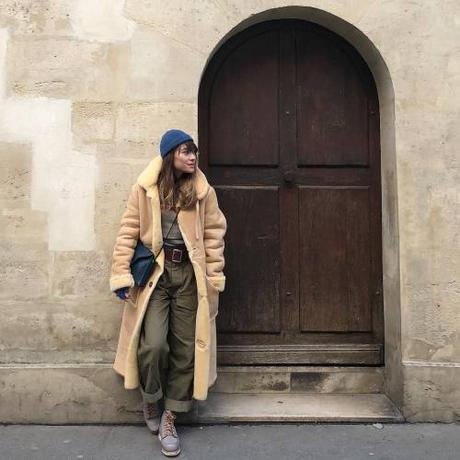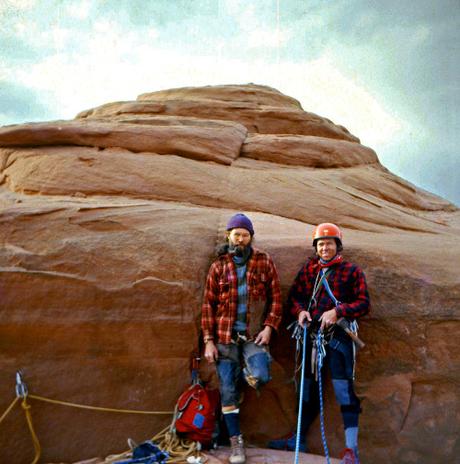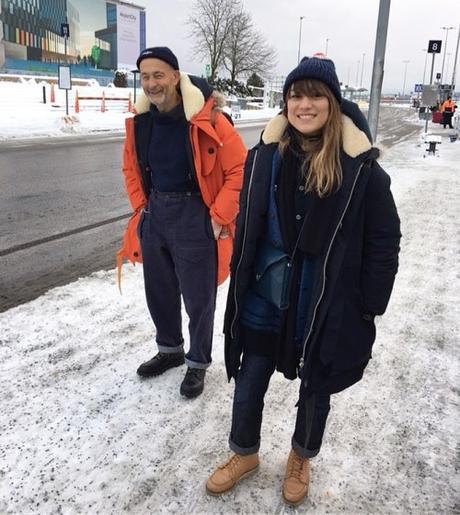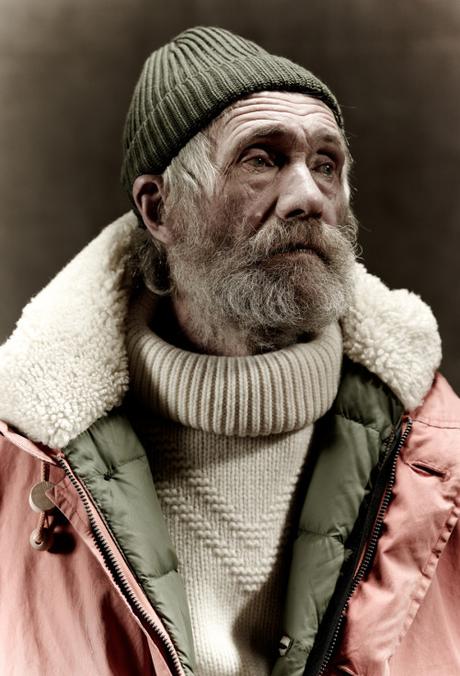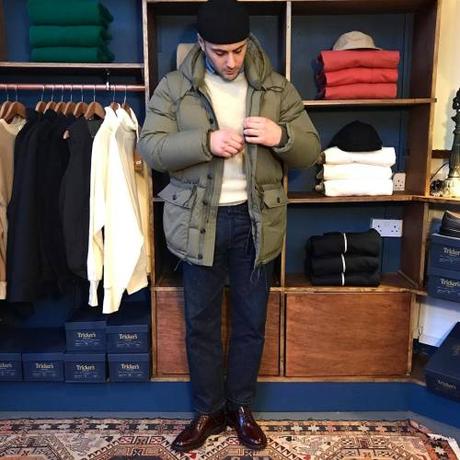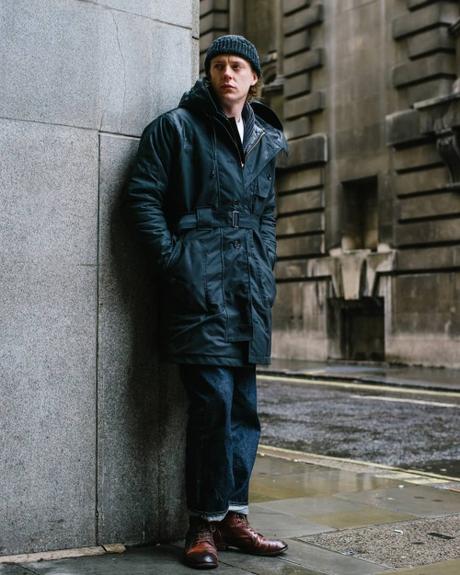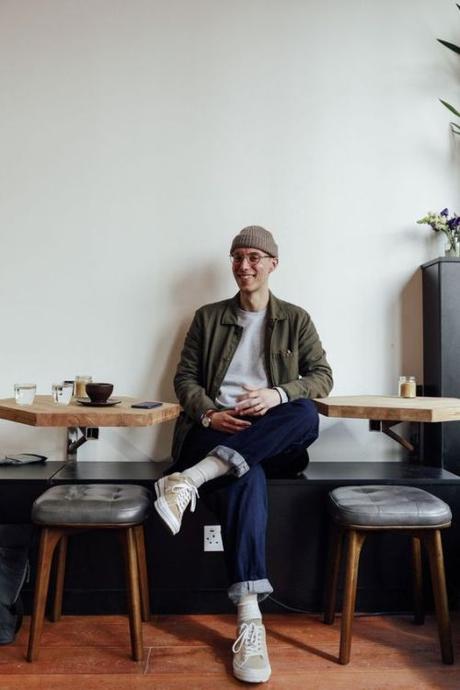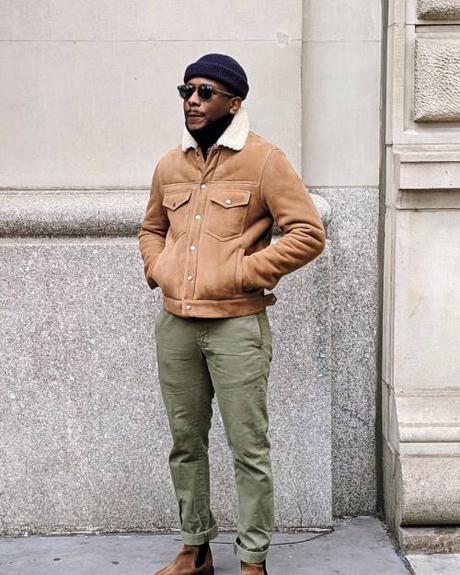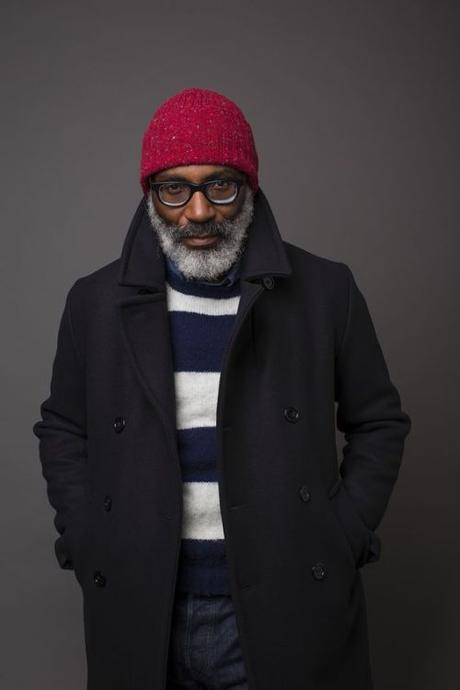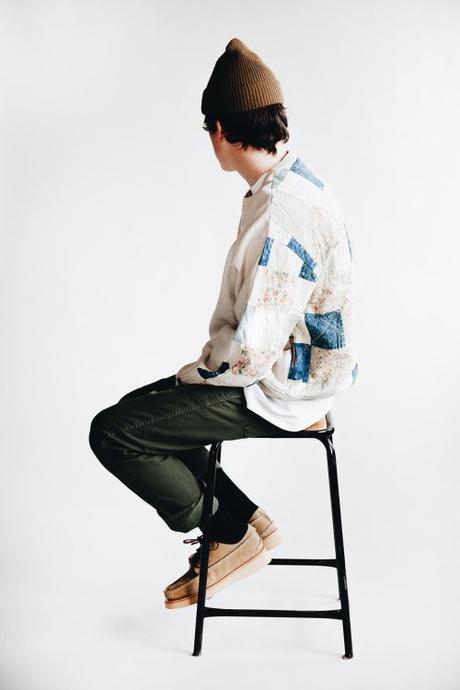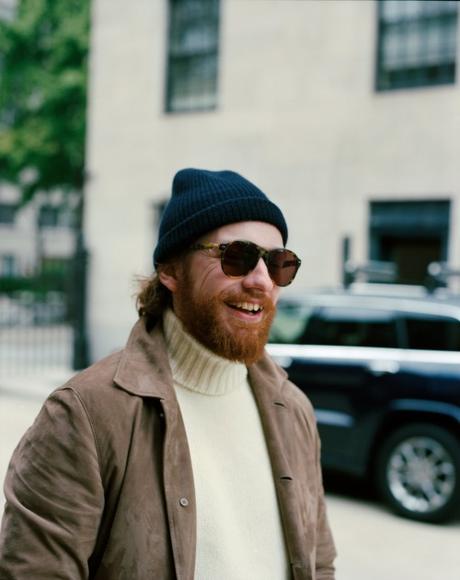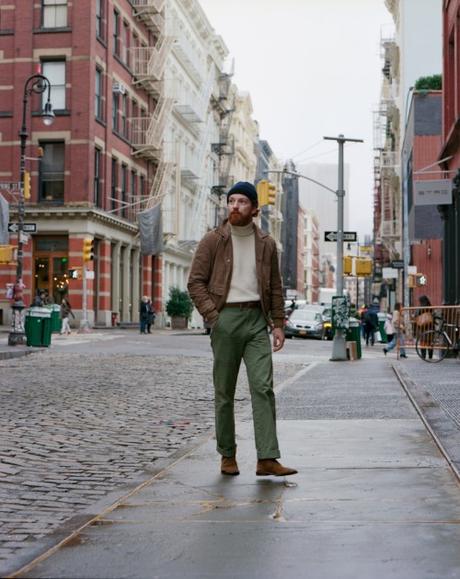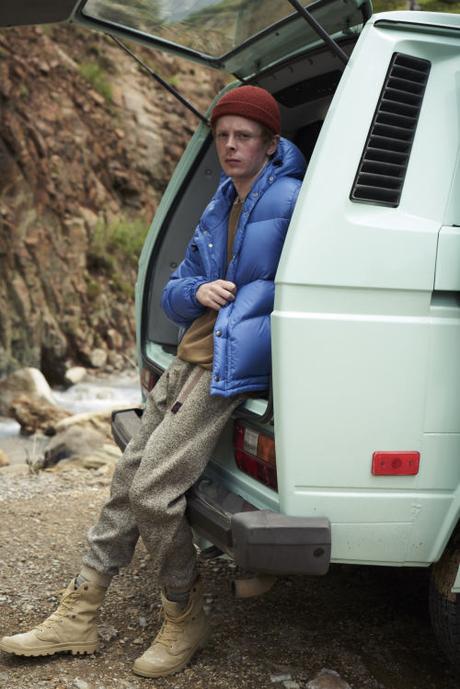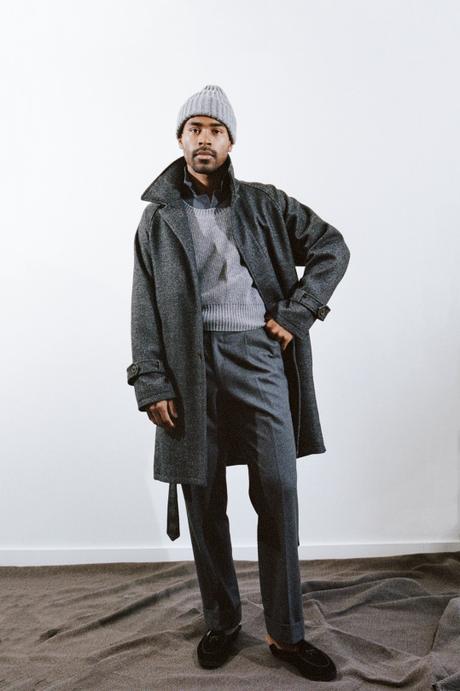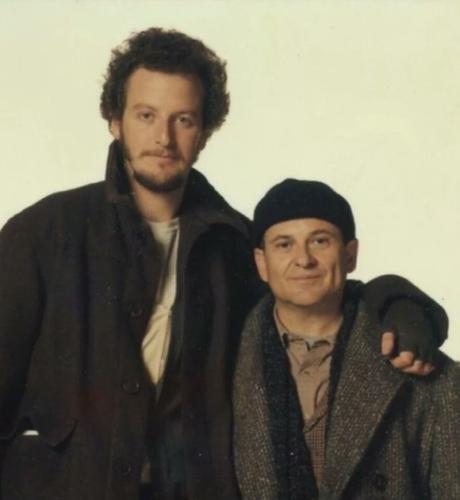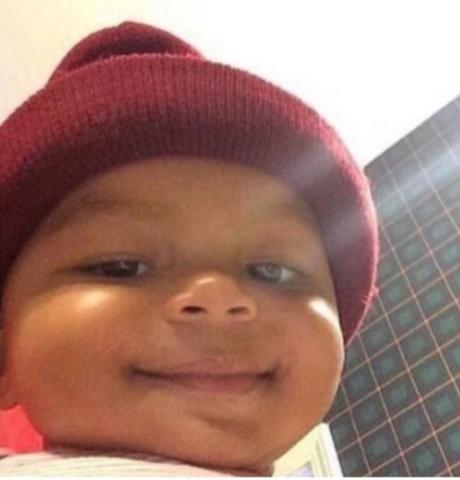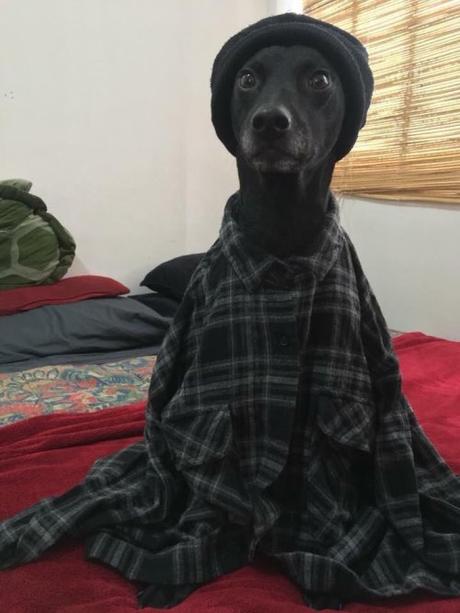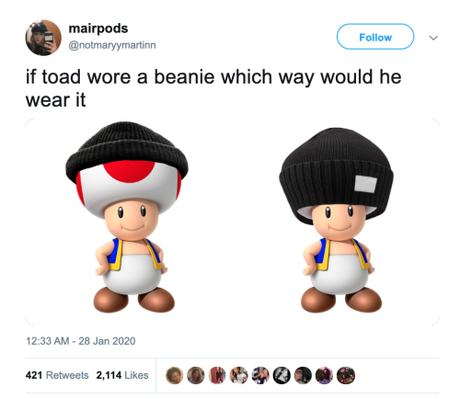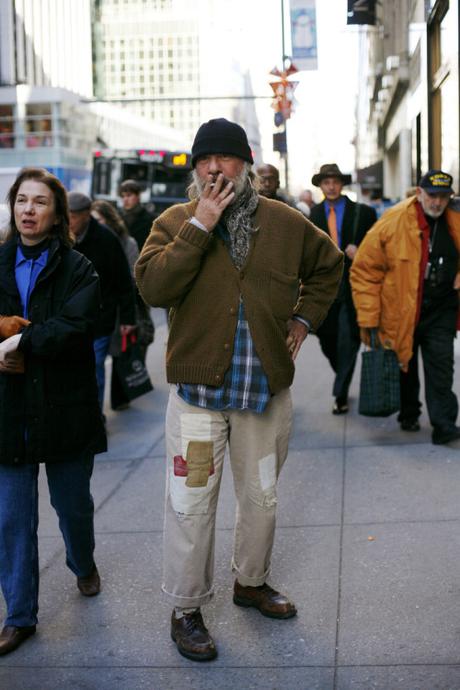
A lot has been written about the death of suits, along with the accompanying necktie, but the first piece of traditional men’s dress to have disappeared is the hat. It’s been said that men stopped wearing hats en masse when President John F. Kennedy declined to wear one at his inauguration. Neil Steinberg, I think, has a more nuanced and convincing account. In his book Hatless Jack, he traces the slow disappearance of men’s headwear back to the late 1800s. Changing social norms and technology probably had more to do with it. Plus, after the Second World War, hats were increasingly seen as stodgy and conformist. In an age when informality is equated with authenticity, the fedora and its cousins can feel phony.
Costume designers, however, continue to use hats to great effect. A hat can be the quickest way to say something about a character, communicating something just below the surface about how the person feels and thinks. Earlier this month, Apple TV+ debuted their new eight-part mini-series, Little America, which puts on-screen the moving portraits of real-life immigrants. These stories, which were collected by Epic Magazine, are about the essential goodness of America’s promise. “Everyone here came from somewhere else,” Epic’s editors write. “Even Native Americans crossed the Bering Strait at some point. This is the basic American idea — an identity open to all — but it can be easy to forget from inside. And that’s when politics can turn ugly, as it has recently, with our political narrative becoming a story of blame and fear. Little America is meant to counter that narrative with a fuller portrait of our most recent arrivals."
In an episode titled "The Cowboy,” Conphidance plays the Nigerian graduate student Iwegbuna Ikeji, who came to Oklahoma during the early 1980s to study economics. Ikeji’s open enthusiasm and frank dislike for certain parts of American culture put him at odds with his fellow students, as well as a snarky tutor. He doesn’t understand why Americans privilege the individual over the community, and some of the tensions between him and his peers are aggravated by racism, even if not totally motivated by it.
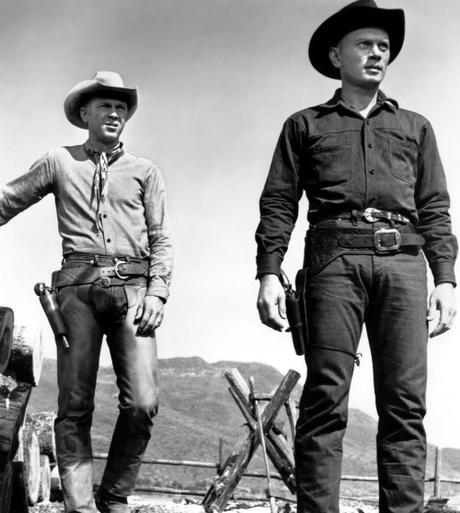
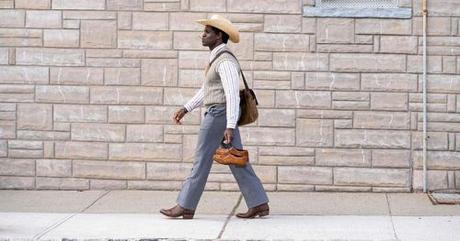
To signal his willingness, even if not ability, to assimilate, Ikeji goes in search of some new duds. He remembers the old Western films he used to watch as a kid back home in Nigeria, which featured the archetypical American hero, the cowboy. If anyone symbolized this American brand of individualism, it’s the gunslinger. So he goes into a cowboy clothing store, dressed in his trad uniform — a cabled sweater vest and gray wool trousers — and asks to see “the strongest hats.” Ikeji pulls some options off the wall, one by one until he finds a correctly sized, woven straw Cattleman. “Now that’s the one!” an onlooking salesman says to him. The Western hat, of course, doesn’t make Ikeji blend-in any better with his academic peers. But under that dramatic cowboy brim, Ikeji is brimming with newfound confidence. He feels more like an American.
The reason why hats continue to play such an active role in films is the same reason why it can be difficult to wear one today. Lids are heavy with meaning, and thus shopping for one can invoke some existential questions. Am I a fedora guy? How do I avoid being that fedora guy? Will a flat cap make me look like a struggling newsboy? Does a trucker hat convey Ashton Kutcher? Even baseball caps, the most innocuous of modern hat styles, are embroidered with the most potent symbols of tribal identity: sports teams. Trying on different hats can sometimes feel like you're trying on new personas.
Unfortunately, there’s no such thing as a neutral hat. If you’re not used to wearing one, it can also feel odd at first to have something perched on top of your head. Over the years, I’ve come to trust that my anxiety about hats is mostly in my head. Psychologists call this the spotlight effect: our tendency to overestimate how much other people notice our actions or appearance. In other words, the spotlight effect makes you feel like there’s a spotlight on you because you’re self-obsessing. But ironically, others are too self-obsessed to notice you.
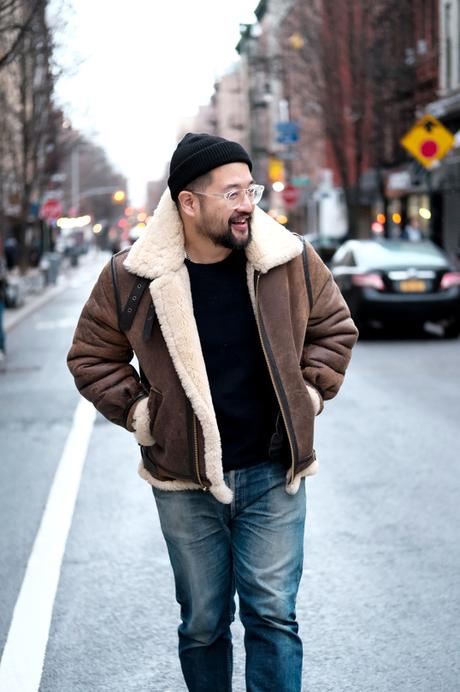
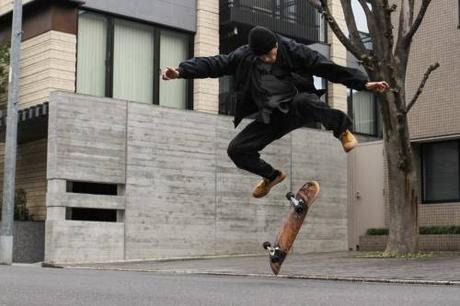
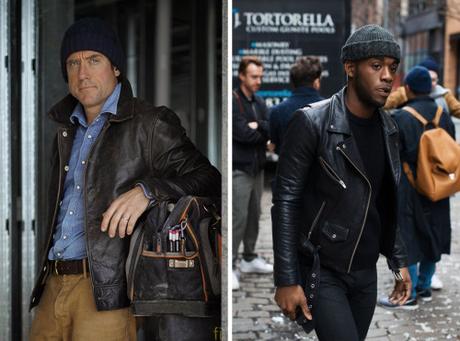
If you’re worried about it, however, I’ve been surprised by how easy it is to wear a beanie. To be sure, beanies, still come with some associations. This is the headwear of choice of skaters, scenesters, and guys who apologize for being weird last night. A beanie says: “I run an Instagram account that’s just photos of succulents, discarded objects, and empty corners with big white borders around the image for artistic effect. My job title includes the word Creative.”
At this same time, beanies go well with a surprisingly broad cross-section of wardrobes. Simon Crompton of Permanent Style, who champions a smart tailored look, wears them with double-breasted overcoats and tweed Balmacaans. Ethan Newton, Andrew Chen, and Peter Zottolo pair them with workwear. Antonio Ciongoli sports them with a crunchy bohemian take on ‘90s skatewear. Greg Lellouche wears them with the hodgepodge of styles he sells through his shop, No Man Walks Alone (a sponsor on this site). At Men in This Town, a street style blog, you can see men wearing them with everything from gorpcore to scumbro. Even modern lines such as Lemaire and Rick Owens have styled their clothes with knitted caps.
The style also has some noble associations stretching back to antiquity. During the Hellenistic period, emancipated slaves in Rome wore a brimless felt cap known as the pileus. The hat was a precursor to the Phrygian cap, itself a precursor to the beanie and one of the oldest symbols of liberalism. During the 16th century, books about Roman iconography depicted Libertas, the Roman goddess of liberty, wearing the pileus. This powerful symbolism between cap and liberty would be carried through the three major revolutions in England, France, and the United States.

During the late 1600s, an anti-tax revolt known as the bonnets rouges erupted in Brittany, France, where red-cap-clad farmers took to the streets to protest against the nobility. The style and color of those hats soon stuck as a symbol of revolutionary ardor and solidarity with everyday people. The cap’s floppy shape later inspired a Parisian hairstyle, which stood opposed to the elaborate wigs of French aristocrats. The bonnets stood for liberty; red was the color of republicanism (French revolutionary Robespierre objected to the color, perhaps on fashionable grounds, but was ignored). Following the French Revolution, various republican governments have redrafted their coat of arms to include a red bonnet, replacing the crown in the heraldry of monarchies.
Over in England, as Enlightenment thinkers pondered on the meaning of democracy, on-the-street propagandists included the red cap in their political posters. In the years leading up to the American Revolution, Americans emulated some of those prints to visually represent their rights and liberties Englishmen. Even today, the red cap of liberty is used as a crest for the US Senate. If you ever get an official document from the US Army, you’ll also see the War Office Seal. Between a spear and rifle, an upturned sword holds a beanie. Above, a waving banner reads: "This We’ll Defend.” (By “this,” I assume they mean liberty, not beanies).
Of course, the beanie’s more direct associations today are rooted in workwear. From the 18th century forward, hunters, fishermen, and sailors wore the style in the bleak and cold outdoors to stay warm. During the Second World War, American naval officers wore what became known as “watch caps” while guarding their posts, or “standing watch,” on ship decks. Those thick, knitted caps were generally made from a tightly spun worsted wool, which allowed the hat to better repel rain and sea spray. Today, companies such as Buzz Rickson make repros of this style, although you can also find more affordable milspec versions at various depots. Since the caps are made from a hardy worsted yarn, rather woolen, I find they tend to pill less easily. The downside is that they don’t have the same spongey texture that can give the yarn some visual depth. Still, they go excellently with the kind of workwear that Andrew Chen of 3sixteen wears in this post. Nigel Cabourn and Emilie Casiez also wear the same style on Instagram.
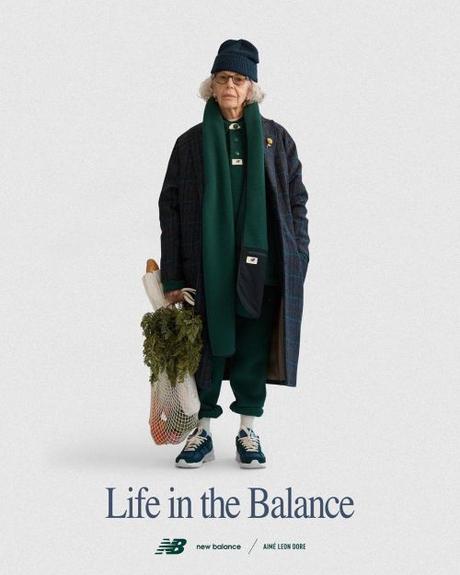
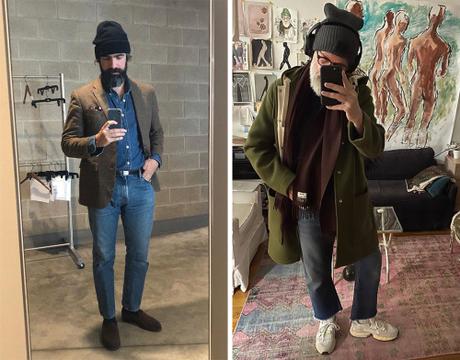
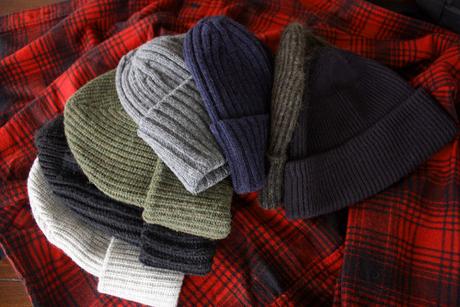
There are three main ways to wear a beanie. The first is like a sensible and normal person: halfway down the head and over your ears, so you’re protected from the biting cold. The second is to roll it tightly like an unfurled condom. The third method, which is the one I like best, is to leave a bit of room at the top of your head, so the beanie looks like a dollop of whipped cream or, perhaps, the poo emoji. Daniel Day-Lewis wore his beanie like this when he was photographed in his crisp Carhartt outfit one crisp December morning. It also recalls Jack Nicholson’s cap in One Flew Over the Cuckoo’s Nest. This way feels less uptight than the other two methods, and it helps elongate your face (good for people like me, who have a head shaped like an orange). I also think it looks a little cooler and fresher. I really like how Aime Leon Dore styled their beanies this past season. I’ve also taken a lot of inspiration from big-beanie wearers Aaron Levine, Richard Haines, and Haley Nahman.
If you’re just getting your first beanie, I recommend going with a dark, sober color. Navy, black, and gray will go with just about anything. Desaturated earthtones such as moss green and ochre can be a way to add color to an outfit while still looking low-key. For the more vibrant personalities, there’s bright orange and fire engine red. These colors lend a beautiful contrast to dark blue coats, and they’ll make everyone around you smile. An orange beanie will make you look like a bottle of Elmer’s glue, while a red beanie recalls everyone’s favorite pop cultural character: PaRappa the Rapper.
My own beanies are pictured above (the plaid shirt is a red chamois from LL Bean). There are two from Drake’s, which I find to be the most versatile because they’re neither too chunky nor thin. Ganni offers slightly chunkier, lambswool beanies that have a bit more streetwear character. They’re technically made for women, but you know – these are beanies. Aaron Levine often wears them on his Instagram (you can take off the label with a seam ripper). GRP’s softer merino wool beanies are chunkier still. I like wearing them with bigger overcoats and parkas, as they help balance out your silhouette (smaller beanies can make your head look strangely small). I also like wearing Buzz Rickson’s naval watch cap with workwear. Rick Owens’ fuzzier mohair blend beanie pairs better with forward-facing labels such as Margiela and Stephen Schneider.
You can find cheaper beanies at Urban Outfitters, ASOS, and Carhartt, of course. But they tend to be made from acrylic, which doesn’t have the warmth or visual richness of wool. On a budget, I would turn to Uniqlo, Filson, or Country of Origin instead. J. Crew’s cashmere beanies are likely made from a lower grade of cashmere, but you probably aren’t putting a beanie through the paces. Wigwam and milspec beanies can be had for as little as eleven bucks. Etsy is full of home-crafted options. For something higher-end, try suppliers for quality knitwear. You can find knitted caps from Scott & Charters, Begg, Johnstons of Elgin, and William Lockie. Andersen Andersen offers a particularly good range of colors. Grei’s beanies are full of texture. I’ve also heard good things about A Kind of Guise.
Admittedly, a beanie is just a tiny sweater for your head. If the idea of spending more than $20 for one seems crazy, given the amount of yarn used, just think of the money you’ll save by getting fewer haircuts. Tucked underneath this beanie is my rolled-up hair. If you want to know the truth, that’s why I like them perched so high on top of my head.
